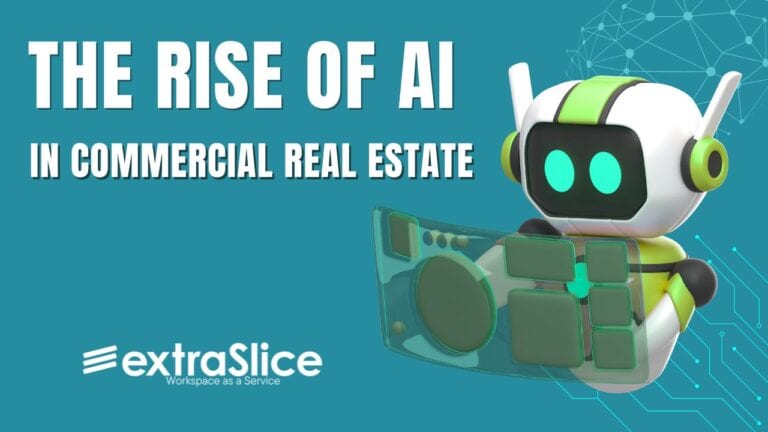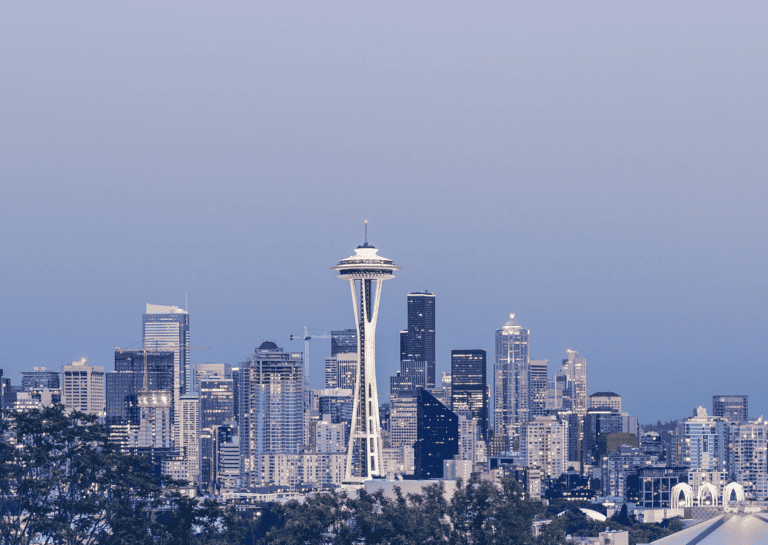By Tian DuBelko
After months of driver complaints of the gap between a rider’s fare and what the driver receives, Uber has come out with a definitive explanation behind its pricing changes. Some passengers are being charged more because the rideshare company needs the extra income.
According to an interview with Bloomberg, Uber has been testing a new pricing system in select cities. This new fare system is described as “route-based pricing,” an overhaul of Uber’s old payment system. So, under route-based pricing, customers are charged based on machine predictions of what they’re willing to pay.
This new pricing is a departure from Uber’s old fare system, which calculated fares with “a combination of mileage, time, and multipliers based on geographic demand.”
Suggested: Jeff Bezos talks business principles, AI and machine learning, plus space
Uber has been using machine-learning techniques to estimate how much different groups of riders are willing to pay for rides, said Uber’s head of product Daniel Graf. For example, a person traveling from a wealthy part of town to another nice neighborhood will be asked to pay more than someone heading toward a poorer part of town. According to Uber, the wealthy traveler will have to pay more even if the ride’s demand, distance, and traffic are the same.
This change comes as a result of a new feature called upfront pricing. Uber introduced this feature last year, which guarantees customers a certain fare price before they book. However, under this new system, Uber will also stop reporting the percentage that it takes off of fare prices.
While drivers may be concerned, this new route-based pricing system could be the first steps in making the company profitable. Uber is currently embroiled in several legal disputes and recently had to agree to a 40K payout for sending unsolicited texts to customers.
“Google search is very simple to do; it’s very complex what’s happening behind the scenes,” Graf said of the new route-based pricing. “The same thing here. Taking a trip is easy. To make this all work in a whole market, and sustainable, is really, really hard.”






